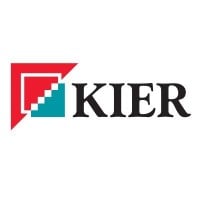
Bouygues Group
Founded in 1952 by Francis Bouygues, Bouygues is a diversified services group operating in over 80 countries with 200,000 employees all working to make life better every day. Its business activities in construction (Bouygues Construction, Bouygues Immobilier, Colas); energies & services (Equans); media (TF1) and telecoms (Bouygues Telecom) are able to drive growth since they all satisfy constantly changing and essential needs.






